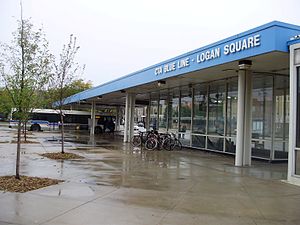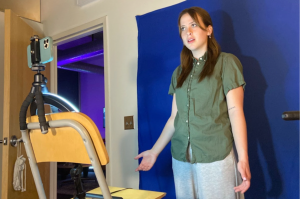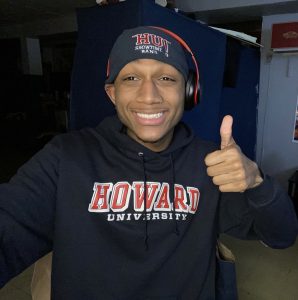Logan Square eighth graders will have a tougher time getting into selective schools next year because of a revised citywide ranking system.
Some neighborhood students will need higher test scores to get in to their school of choice, because several census tracts in Logan Square were assigned to a higher tier in Chicago Public School’s ranking system. The higher the tier, the higher the test scores required for area students to get into elite schools
The tiers are based in part on family income, among other factors. So, when higher income people move into a neighborhood, the neighborhood’s ranking goes up, making it tougher for neighborhood kids to get into the best schools. Logan Square was one neighborhood that saw the greatest demographic change: as a result, much of the neighborhood went up one to two tiers. Logan Square was the neighborhood most affected by tier changes.
“This policy is a blunt instrument, not fine-tuned. There’s a great deal more diversity within a census tract,” said Noah Sobe, Graduate Program Director of Cultural and Educational Policy Studies at Loyola University.
Sobe added that it’s important for the community to make a strong commitment to their neighborhood schools to help students impacted by this tier ranking change.
The geographically-based tier system was created in 2009 to include six factors with test scores to place students in selective enrollment schools. The factors are: family income, parent education achievement, percent of single-family homes, percent of homes where English is not the first language, percent of home ownership, and local school performance.
The first 30 percent of seats in schools are based on test scores and the remaining 70 percent are divided evenly among the four tiers. When schools are placed in a higher tier, the students must get a higher test score to get into selective enrollment schools.
Schools throughout the city were impacted: about 12 percent of schools went up a tier while about 11 percent went down. This hit home in Logan Square where 12 census tract areas went up one tier and one tract went up two tiers, impacting students who live in those areas.
“In the new ranking, there’s a mismatch of schools and demographics- the kids are negatively impacted,” said Bridget Murphy, education director for the Logan Square Neighborhood Association. She said the system is an example of one of the negative impacts of gentrification that’s hurting a lot of working class families in Logan Square.
CPS spokesperson Jamila Johnson said that after consulting experts and previous policy experiments, the system was the best CPS could devise.
“It’s important to remember that the tiers are a relative measure, not an absolute measure,” Johnson said, adding that the tiers are only one piece of the selection process- test scores and grades are more important.
Logan Square Neighborhood Association Executive Director Nancy Aardema said gentrification in Logan Square will continue to impact education in the community.
“It comes down to one question: how do you have a healthy life in a gentrifying community?”
Grant Zukowski, an art teacher at Carl Von Linné elementary school, said his top students would rise to the challenge but had concerns for students on the academic borderline, who may have to travel farther to get into a good school.
“The schools will need support and strengthening from the community, especially in strong neighborhoods like Logan Square,” said Anne Hallett, president of Grow Your Own Teachers of Illinois, an organization that works to improve schools by getting local teachers in low-income communities.
Ald. Rey Colon (35th), who represents a large portion of Logan Square, had concerns about using one system for students.
“Cultural implications differ; it’s important to adjust to the needs of different communities,” said Colon, adding that there is a great deal at stake in making schools better in Logan Square and parents could be the catalyst.



















Be First to Comment